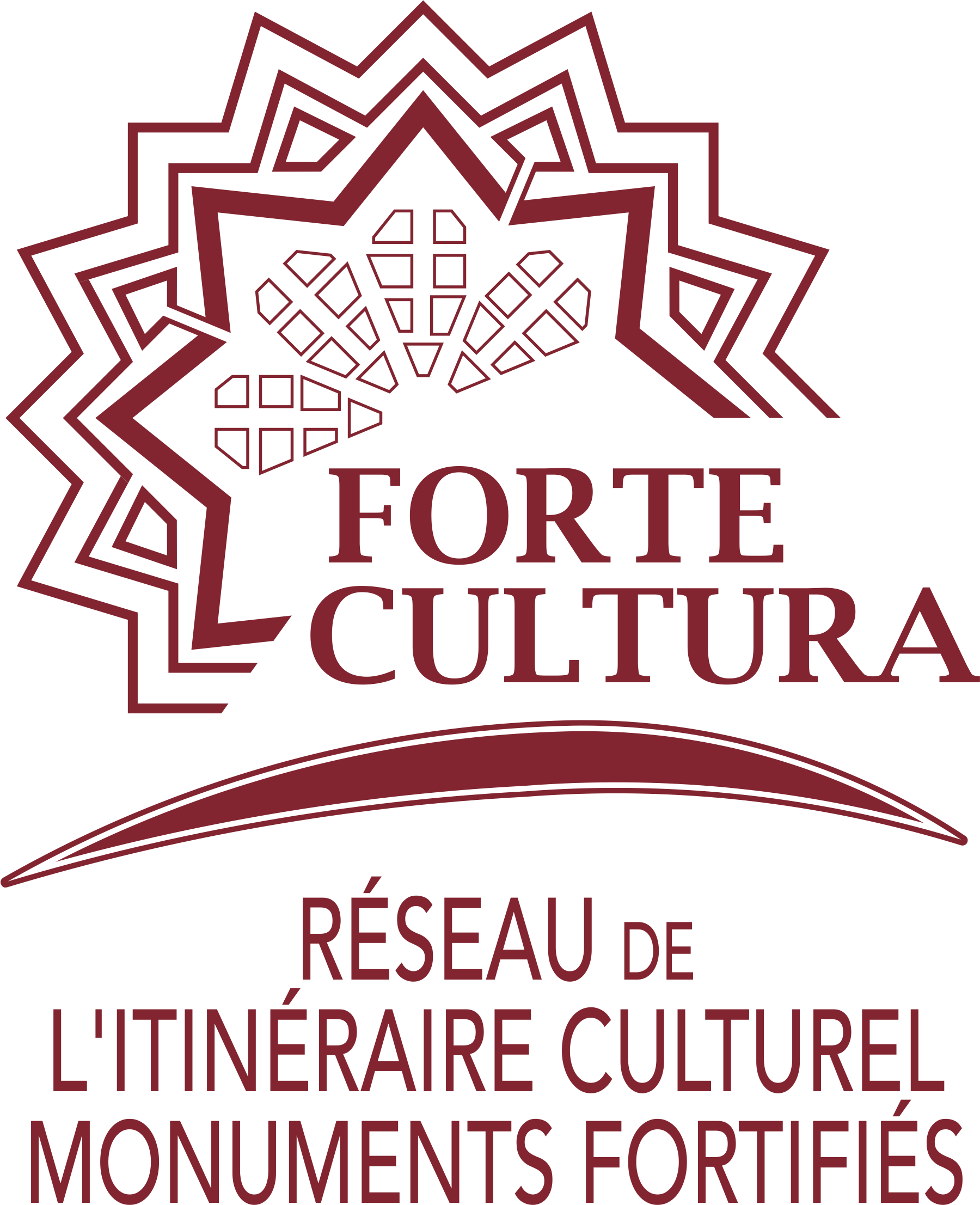by Olha Tikhonova
The FORTMED 2025 Congress, dedicated to the fortification heritage, convened in Caserta (Italy) with significant academic participation: 411 attendees and 197 papers were presented. The event demonstrated a strong interdisciplinary focus, bringing together researchers, professionals, and institutions committed to fortified heritage’s documentation, preservation, and sustainable development.
Among the contributors were several members and collaborators of Forte Cultura, whose research reflected the network’s core mission to enhance knowledge exchange and innovative heritage practices across Europe and beyond. Their participation significantly contributed to the academic and professional dialogue of the congress.
Dr. Olha Tikhonova
Award Best Paper at FORTMED 2025
Paper Title: The Medici Influence on Bastion Castles: Tracing the Origins and Impact in Europe and Southeast Asia
Dr. Olha Tikhonova, MSCA fellow at the University of Seville and EFFORTS and Forte Cultura Scientific member, was awarded the Best Paper distinction for her interdisciplinary research on the transmission of bastion fortification models originating in Renaissance Italy to Southeast Asia. Focusing on Fort Surosowan in Banten, Indonesia, her analysis highlighted architectural and ideological links to the Medici-built fortified villas and other European examples, including Polish bastion castles.
The paper questioned prevailing classifications—whether these structures should be termed “forts” or “castles”—and emphasized the global diffusion of architectural and political models through colonial expansion. Her findings offer valuable insights for comparative architectural studies and heritage interpretation frameworks.
Juan Antonio Mira-Rico, in collaboration with Agnieszka Kowalska
Paper Title: Musealisation as a Development Model for Medieval Castles in the Province of Alicante (Spain) and the Pomeranian Voivodeship (Poland)
This co-authored paper examined the adaptive reuse of medieval castles as cultural heritage sites through musealisation strategies. The study compared four castles—Atalaya and Castalla (Spain), Kwidzyn and Sztum (Poland)—in terms of their historical typologies, interpretive approaches, visitor engagement, and institutional management.
The research identified common challenges and best practices in the sustainable development of historical sites. It also provided recommendations for heritage policymakers and site managers aiming to increase the cultural and economic value of such sites while preserving their historical integrity.
Nataša Urošević
Paper Title: Sustainable Valorisation of Adriatic Fortified Heritage through Transnational Networks: The Case of Pula, Croatia
Urošević presented findings from the EU-funded FORTIC project, focusing on participatory heritage planning for the fortified heritage of Pula. Through collaborative work with stakeholders in cities such as Šibenik, Korčula, Venice, Vieste, and Cervia, the project aimed to promote transnational strategies for the sustainable management of fortified structures.
Her paper emphasized the importance of community engagement, intercultural dialogue, and cross-border cooperation in heritage valorisation. The case study illustrates how fortified heritage can serve as a platform for cultural tourism, peacebuilding, and regional development.
Josip Pavić, with Tomislav Zojčeski and Andrija Nakić
Paper Title: Surveying and LiDAR Scanning of Fortification on Goriška Gradina, near Šibenik, Croatia
Representing the Fortress of Culture Šibenik, a member of Forte Cultura, this team presented new documentation on a little-known 14th-century fortification near the village of Goriš. Using LiDAR scanning and GIS tools, the study successfully mapped over 300 m² of wall remains, offering valuable insights into the strategic and architectural role of the fort, originally built by the Šibenik commune during the period of Venetian influence.
This research contributes significantly to the documentation and interpretation of regional defensive systems and demonstrates the value of non-invasive technologies in heritage exploration.
Cristina Coscia
Paper Title: Identity and Enhancement Itineraries of Fortification Systems: The Kostrzyn Case and the Power of Branding Heritage
Although not a member of Forte Cultura, Prof. Coscia’s paper addressed issues central to the network’s interests. Focusing on the fortified heritage of Kostrzyn (Poland), a FORTE CULTURA member, she discussed heritage branding, identity construction, and valorisation processes in the context of community involvement and cultural sustainability. She also presented the FORTE CULTURA and EFFORTS networks as a vital point in the sustainable development of European regions with fortifications.
Her presentation offered practical tools for managing intangible heritage assets, particularly in post-conflict or post-industrial contexts. She emphasized the need for heritage strategies that respond to social and cultural change, supporting long-term development goals.
Conclusion
The FORTMED 2025 Congress provided a high-level platform for showcasing interdisciplinary research on fortification heritage. The contributions by Forte Cultura members and collaborators reflect the network’s commitment to innovation, cooperation, and sustainable heritage practices across Europe and beyond. Their work strengthens transnational dialogue on fortifications, not only as historical structures but as active components of contemporary cultural landscapes.


Laisser un commentaire